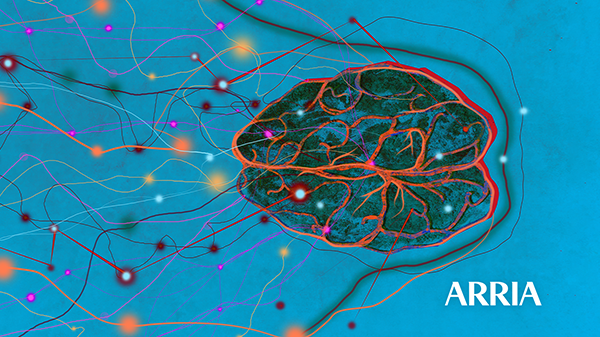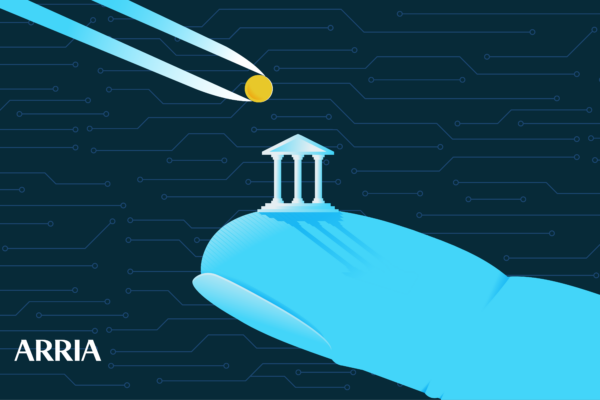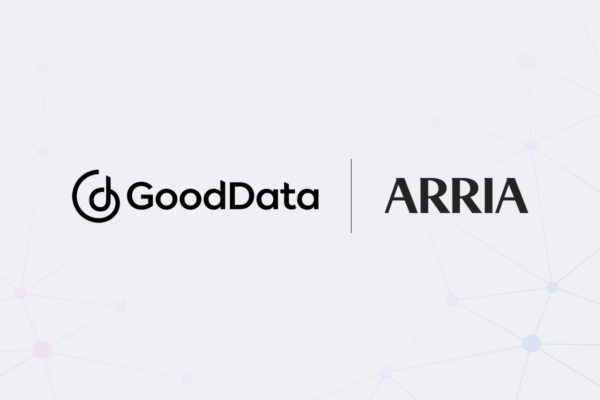
If your organization’s brightest minds are busy keeping all the plates spinning in legacy analytical processes, consider what they might notice, decide, or dream up if only they had instant, accurate insights, combined with time to think. AI technologies working in concert are poised to give them exactly that, democratizing data literacy and freeing humans from robotic, ultimately dehumanizing tasks.
Technological advances have been freeing humans from robotic behavior for longer than we might realize. Millennials will find it barely conceivable that, before the advent of online banking, humans spent a few hours each year manually processing various household bills. If you received five bills per month, then sixty times each year you opened an envelope, found your paper checkbook, looked around for a pen, wrote the check, sealed an envelope, affixed a stamp, and finally mailed your payment. Today, Customer Communications Management and Electronic Bill Payment & Presentment systems have returned to humans the attention that they once spent performing identical mindless payment tasks at regular intervals. That is a little more attention that you can give your family, your pets, your plans for the future, a little more time to spend on a screen call with a friend.
If receiving a paper utility bill twelve times a year was a processing annoyance for individuals, consider the plight of a multinational pharmaceutical company that receives 1.6 million invoices per year—roughly 30,000 per calendar week. The invoices are of various layouts. They arrive within the body of an email, or as an email attachment, or in a paper envelope. Processing such volume manually would be tedious and prone to error. It’s a job that no one can do particularly well, and is no one’s passion. Enter Robotic Process Automation, which gives time back to humans at massive scale, freeing up employees for higher-level strategic thinking, and to perform tasks that are at once of greater value to the organization and more satisfying to the employee. OCR and ML tools can categorize those 30,000 weekly invoices and pass them directly into a Robotics Process Automation platform, such as UiPath, for instant reconciliation with purchase orders, and for payment or exception handling, saving tens of thousands of work hours each year.
Now, the massive amount of information generated so efficiently by that RPA process must be analyzed as a component of FP&A reporting, and scrutinized for patterns of inefficiency that might be corrected by management. Manual analysis in spreadsheet format—another job that is no one’s passion—would be a fragmentary, time-consuming task, and prone to human error. Using a BI dashboard, such as Tableau, however, the finance department can instantly produce visualizations not only of the flow of invoices but of the millions of other data points that it receives and must analyze every month in support of financial reporting. Particularly when charts and graphs are accompanied by NLG analysis of the underlying data, dashboards are conduits of actionable insights that lead to better, faster business decisions. NLG-powered Dashboards free bright minds from the inefficient drudgery of spreadsheets. They also save decision makers from waiting on an analysis that is dated by the time it arrives, and of questionable accuracy and completeness.
The automation of robotic processes, and the written expression of analytical insights in natural human language are steps in the right direction. But to make the process feel even more human, we need to upgrade our data analysis interface to Conversational AI.
This is part one of a three-part series. Be sure to read parts two and three as well.



